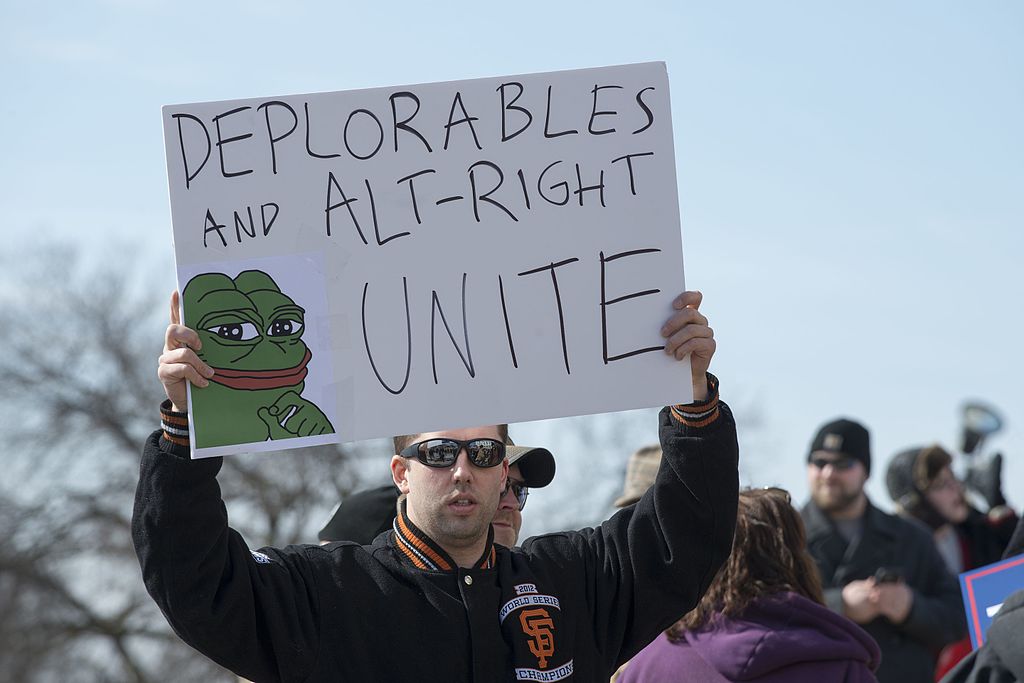The Tea Party got its name from the Boston Tea Party of 1773-a pre-revolutionary tax revolt against the price of tea going up in the colonies. The British government controlled the tea in the colonies then, but colonists refused to pay the increased taxes. The Tea Party, a part of the Grand Old Party, has principles and an agenda: anti-government, anti-spending, anti-immigration, and anti-compromise. People who support the Democrat and Republican parties are independents, while Libertarians want a smaller government and think that spending has gotten out of control. Their biggest concern is the economy; they see illegal immigration as a problem. It is a political movement affiliated with the Republican Party aimed at lowering taxes and cutting back on spending to save money. The Republican establishment needs the Tea Party more than the Party needs Republicans. Some grassroots enthusiasts claim that the system is not working for them but against them. Republicans such as Karl Rove and Rockefeller established RINOs [Republicans in Name Only], who have sold out their base.

1. The Tea Party believes in lower spending and lower taxes.
The Bush tax cuts are set to expire, sequestering is about to hit, and the government is running out of money. Democrats will have allowed some $600 billion in higher taxes and lower spending to come into effect on Jan.1 if the Republicans do not agree to raise taxes as part of a solution. Conversely, Tea Party Republicans will reduce taxes and repeal all tax increases to save money.
2. The Tea Party believes that illegal immigration should be cut back. Tea Partiers hold that illegal immigrants are freeloaders who take benefits they do not pay for. 64% think that illegal aliens are taking jobs away from Americans.
3. The Tea Party’s stance on global warming is that 58% did not believe in global warming, while Tea Party members remain divided over whether to cut carbon dioxide emissions
4. The Tea Party members do not want to lose their benefits, but they don’t mind if others do, like unionized workers or the unemployed, as well as people on welfare.
5. They may not be useful idiots like they are made out to be in the Republican establishment. The Tea Party was working against Republicans, not for them.
The Tea Party ideology is pro-business and linked with social conservatism. They are putting liberty ahead of equality and the economic interests of the individual over the community and are supporting the free market. It goes way back to the 1930s, the decade of the New Deal, with the rise of radical conservatives in the Democratic Party that had its roots in the Ku Klux Klan.
The original Tea Party started in Boston under the British Crown. Americans had to pay for the despised Tea Act in the 1770s against a corporate monopoly for demand in silver coin paid in taxes, which transferred £1.4 million from the colonies to the East India Company. This would be about $2.1 billion in today’s currency. The American colonies had been a part of the British Empire under the Crown, which was the legitimate government then, from 1760 to 1820, with the death of King George III,
The American Revolution created a nation in 1774. John Adams noted that about one-third of Americans were loyal to the British Crown, while another number favored the cause of independence. The Whigs were well-represented in Boston, And the Tories had the establishment’s backing. Before the Tea Act, the East India Company had sent 5,0000 chests of tea to the American colonies in 1773, but Parliament passed the Tea Act and, with it, the right to tax the colonies. They demanded that the taxes be paid in coins when the importers sent the cargo to the U.S. to drive the smugglers (free traders) out of the market. This would give the East India Company a monopoly over the sale of tea. Other factors were at play from 1770-1774, like the Stamp Act crisis and the Boston Massacre of 1770.
It was the end of the Conservative era when Barack Obama won the presidency, with the slogan for change that we can believe in 2008. He is more of a centrist and has progressive values in line with Liberalism, again for the conservative wing of the Tea Party. The conservative movement’s roots go back to a period between Watergate and Reagan that made modern conservatism want it is today. And the so-called family issues of the conservatives in the movement are abortion, sex education, homosexuality, and feminism, painted against the backdrop of religious and ideological adherence in the Tea Party.
During the Reagan years, the religious right had achieved some success in American politics since it came on the scene in the 1980s. Still, the Republican Party moved away from traditional conservatism in the government. They favored big government Republicans under George W. Bush’s administration. By having a neoconservative influence in the Bush White House during the war in Iraq, Bush’s foreign policy was radical to the freedom agenda.
The Republican establishment and the conservative movement are different because the Republican Party has a long history, and its primary purpose is to gain power. The American conservative movement is a modern phenomenon that has grown since 1964.
American conservatism reacted to the New Deal under Franklin D. Roosevelt. It returned to its pre-1945 roots in the conservative tradition—this involved opposition to the centralized state, big government, and bureaucracy. By the late 1930s, a conservative coalition, the old right, which was also against the war economy and more isolationist than the new right, came about. With the rising Cold War came anti-communist sentiments because both libertarians and traditionalists held that Communism was the god that failed. As part of an ideological crusade, many organizations emerged based on race and civil rights issues, becoming known as Liberty Lobby and the John Birch Society.

Tea Party America
- Fault Lines – Politics, Religion and the Tea Party – YouTube
- Subscribe to our channel http://bit.ly/AJSubscribe With a powerful Tea Party movement framing Republican policy in Washington and across the US, Fault Lines …
- Tea Party America BBC Documentary – YouTube
The Tea Party and conservative Republicans
- Volo, James M. The Boston Tea Party: The Foundations of Revolution. Cullen, David O’Donald, and Kyle G. Wilkison, eds. The Texas Right: The Radical Roots of Lone Star Conservatism. College Station, TX: Texas A & M UP, 2014. Questia. Web. 25 May 2016.
- Santa Barbara, CA: Praeger, 2012. Questia. Web. 25 May 2016.
- Aberbach, Joel D., and Gillian Peele, eds. Crisis of Conservatism?: The Republican Party, the Conservative Movement and American Politics after Bush. “Where’s the Tea Party? Spending in Washington Continues to Go Up, and Debt Deepens.” The Washington Times (Washington, DC) 19 Sept. 2012. Questia. Web. 25 May 2016.
- New York: Oxford UP, 2010. Questia. Web. 25 May 2016.
- Antle, W. James, Dick Armey, Fred Barnes, Michael Barone, Ken Blackwell, David Boaz, Andrew Cline, Jim DeMint, Jim Geraghty, Quin Hillyer, Philip Klein, Jeffrey Lord, and Grover Norquist. “Have the Republicans Learned Their Lesson?” American Spectator July/August 2010: 38+. Questia. Web. 25 May 2016.

lions44 5 weeks ago from Auburn, WA
As a Republican, I’ve always felt that the Tea Party movement was mischaracterized as “extreme” conservatism or fringy. Many are just libertarians with conservative leanings. A large faction is not even socially conservative, which is good. I was not part of the movement. Guess I’m considered “establishment.” Many of their positions are mainstream in the party already. Unfortunately, the movement broke Reagan’s rule about speaking ill of other GOPers in public. And Boehner and others became their targets. Their image in the media suffered (and yes, that matters today). Once your labeled extreme, you are finished. The result was a lost Presidential election and a new image problem for our party.
Status: Approved.



